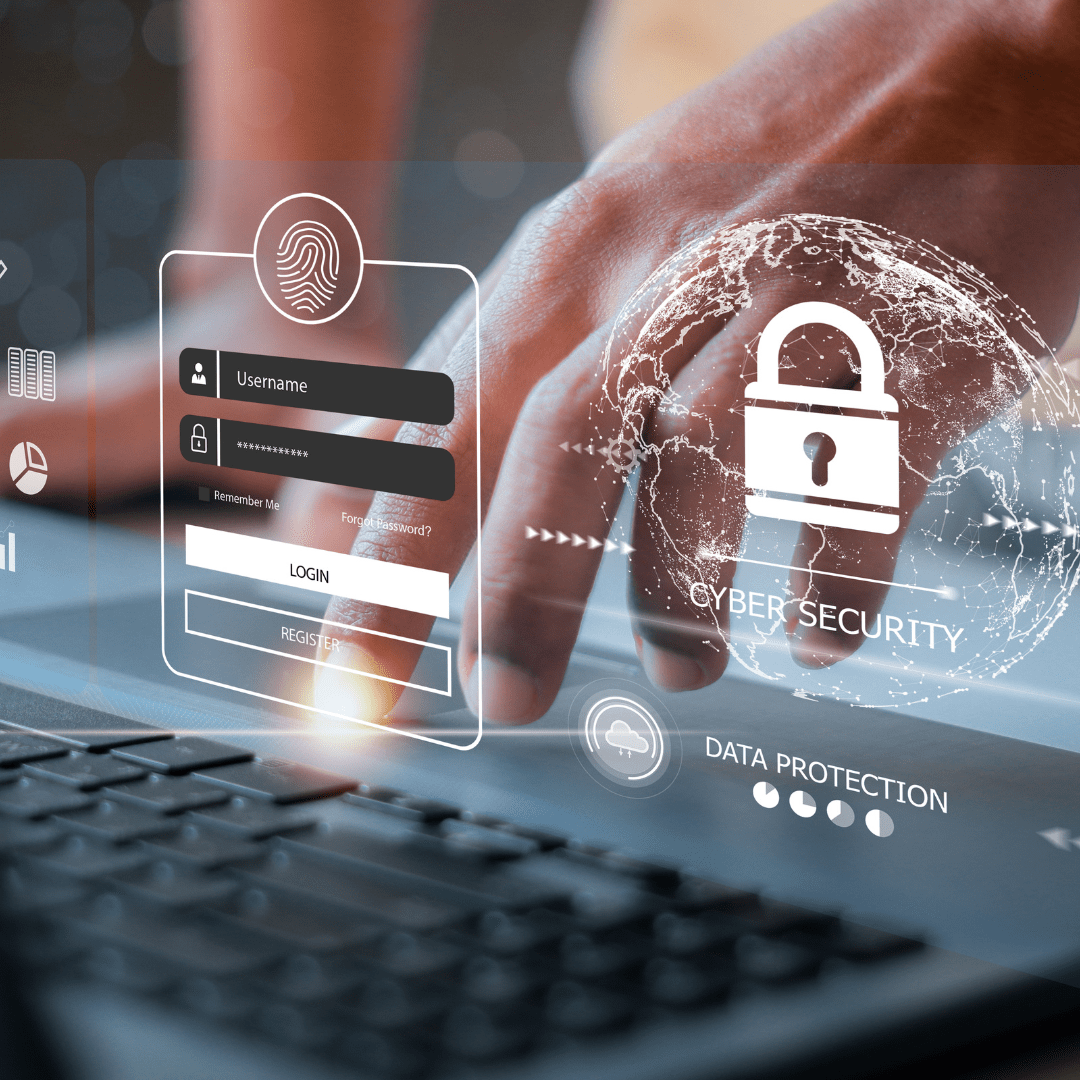
The fast-moving landscapes of the digital world need keeping pace with the changing cyber security trends to maintain secure data and infrastructure integrity. Due to ever-evolving cyber threats, continuous changing of organizations and persons needs to go hand in hand with new challenges and harnessing advanced technologies in an effort to remain secure. This article looks into the prevailing cyber security trends, focusing on rising threats, fresh technologies, and best practices that are going to define the industry in 2024.
The Growing Importance of Zero Trust Architecture
- What is Zero Trust Architecture?
Zero Trust Architecture (ZTA) is a security model based on the concept of “never trust, always verify.” It requires strict identity verification for any person or device that tries to access resources from any location. This design works by reducing the risk of internal and external threats through granular access controls.
- Why is Zero Trust Gaining Popularity?
As remote work and cloud computing become more prevalent, traditional perimeter-based security models become moot. Zero Trust shows a robust approach to ensuring that access is continuously monitored and validated; therefore, it is among the most critical strategies in modern enterprise environments.
Rise of AI and Machine Learning in Cyber Security
- AI-Driven Threat Detection
Artificial Intelligence (AI) and Machine Learning (ML) are changing the face of cyber security with real-time threat detection and response. These technologies scrutinize a huge amount of data for the identification of patterns and anomalies to rapidly spot potential threats.
- Automated Incident Response
Incident response can be automated by AI-powered systems in order to reduce the time taken toward mitigating threats. This has a great significance in sophisticated kinds of attacks that demand quick measures against them. Companies such as IBM and Palo Alto Networks are but a few offering leadership in incorporating artificial intelligence and machine learning into cybersecurity solutions.
Increasing Threat of Ransomware Attacks
- What is Ransomware?
Ransomware is a type of malware that encrypts a victim’s data and demands payment for the decryption key. These attacks can cripple organizations, leading to significant financial and reputational damage.
- How to Combat Ransomware?
To combat ransomware, organizations must implement robust backup and recovery strategies, conduct regular security assessments, and educate employees about phishing scams. Advanced threat detection tools and continuous monitoring are also essential in preventing these attacks.
Importance of Cyber Security in IoT Devices
- Security Challenges in IoT
The proliferation of Internet of Things (IoT) devices has introduced new security challenges. Many IoT devices lack proper security measures, making them vulnerable to attacks. Securing these devices is crucial to protect sensitive data and prevent unauthorized access.
- Best Practices for IoT Security
Implementing strong authentication methods, regularly updating firmware, and using secure communication protocols are vital steps in securing IoT devices. Organizations should also conduct regular security audits to identify and mitigate vulnerabilities.
Data Privacy and Regulatory Compliance
- Why is Data Privacy Important?
Data privacy has become a top concern for consumers and regulators alike. With the introduction of stringent regulations like the General Data Protection Regulation (GDPR) and the California Consumer Privacy Act (CCPA), organizations must prioritize data protection to avoid hefty fines and legal consequences.
- Ensuring Compliance
To ensure compliance, organizations must adopt comprehensive data protection policies, conduct regular audits, and stay updated with regulatory changes. Implementing encryption, access controls, and data anonymization techniques can help safeguard sensitive information. Also, check data analysis.
The Role of Blockchain in Cyber Security
- Blockchain for Secure Transactions
Blockchain technology is gaining traction for its ability to provide secure, transparent, and tamper-proof transactions. Its decentralized nature makes it resilient against attacks, making it an attractive option for securing sensitive data.
- Applications in Cyber Security
Blockchain can enhance security in various applications, such as secure data sharing, identity verification, and supply chain management. Companies are exploring blockchain to create more secure and efficient systems.
Emphasis on Employee Training and Awareness
- Human Element in Cyber Security
Human error is still among the major causes of security breaches. Effective training and awareness programs for employees are very important in reducing this risk. It is during this process that organizations should educate staff on the latest threats and best practices to build a security-aware culture.
- Implementing Training Programs
It means that regular training sessions, phishing simulations, and continuous education can help employees to remain vigilant against such scams. Sending out proactive messages related to security can drastically reduce successful attacks.
Evolution of Multi-Factor Authentication (MFA)
- Why MFA is Essential
Multi-Factor Authentication (MFA) adds an extra layer of security by requiring multiple forms of verification. This reduces the risk of unauthorized access, even if passwords are compromised.
- Advancements in MFA
In the present digital world, biometric authentication via fingerprints and facial recognition is increasingly applied. These provide better security and convenience, thus providing a win-win situation for both enterprises and consumers.
Cloud Security Challenges and Solutions
- Securing Cloud Environments
The more organizations move to the cloud, the greater the need will be to secure these environments. Data breaches, misconfigurations, and unauthorized access are all challenges to cloud security.
- Best Practices for Cloud Security
Strong access controls, continuous monitoring, and encryption might seal off cloud environments from intruders. Having a good cloud provider who will implement strong security measures is also imperative.
Conclusion
Staying ahead of cyber threats requires continuous adaptation and adoption of advanced technologies. Some major trends in cyber security that are going to shape up in 2024 will be zero-trust architecture, AI-driven threat detection, and escalating concerns over data privacy. By understanding these trends and following best practices in their implementation, an organization would have taken the right steps toward protecting its digital assets and maintaining a strong security posture.
What is Zero Trust Architecture?
Zero Trust Architecture is a security model that requires strict identity verification for every person and device attempting to access resources, minimizing the risk of internal and external threats.
How does AI improve cyber security?
AI improves cyber security by enabling real-time threat detection and automated incident response, allowing for the rapid identification and mitigation of potential threats.
What are the best practices to combat ransomware attacks?
Best practices to combat ransomware attacks include implementing robust backup and recovery strategies, conducting regular security assessments, and educating employees about phishing scams.
Why is IoT security important?
IoT security is important because many IoT devices lack proper security measures, making them vulnerable to attacks. Securing these devices is crucial to protect sensitive data and prevent unauthorized access.
How can organizations ensure data privacy and compliance?
Organizations can ensure data privacy and compliance by adopting comprehensive data protection policies, conducting regular audits, and implementing encryption, access controls, and data anonymization techniques.
What are the benefits of Multi-Factor Authentication (MFA)?
Multi-Factor Authentication (MFA) adds an extra layer of security by requiring multiple forms of verification, reducing the risk of unauthorized access even if passwords are compromised.
How can blockchain technology enhance cyber security?
Blockchain technology enhances cyber security by providing secure, transparent, and tamper-proof transactions, making it resilient against attacks and suitable for securing sensitive data.
Explore More :


